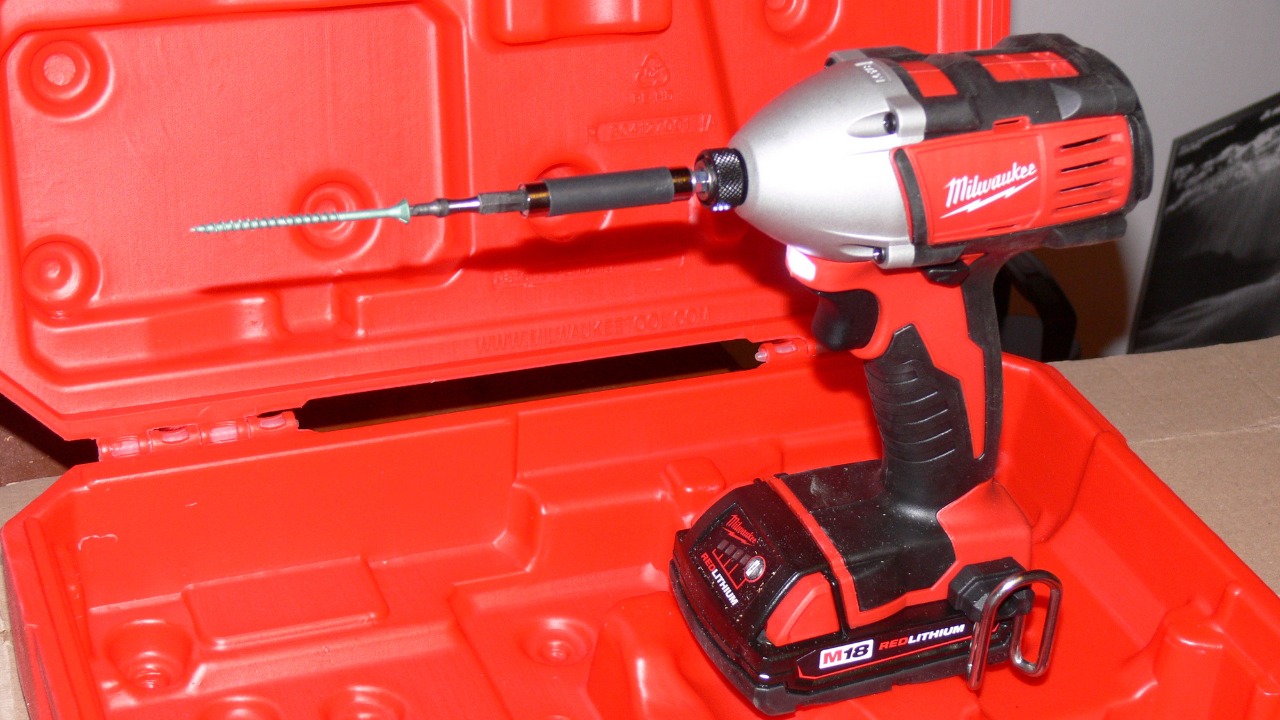
Milwaukee batteries are a popular choice for powering tools due to their high performance and longevity. This article will delve into the average lifespan of these batteries and provide tips on how to extend their life.
1. Life Expectancy of Milwaukee Batteries
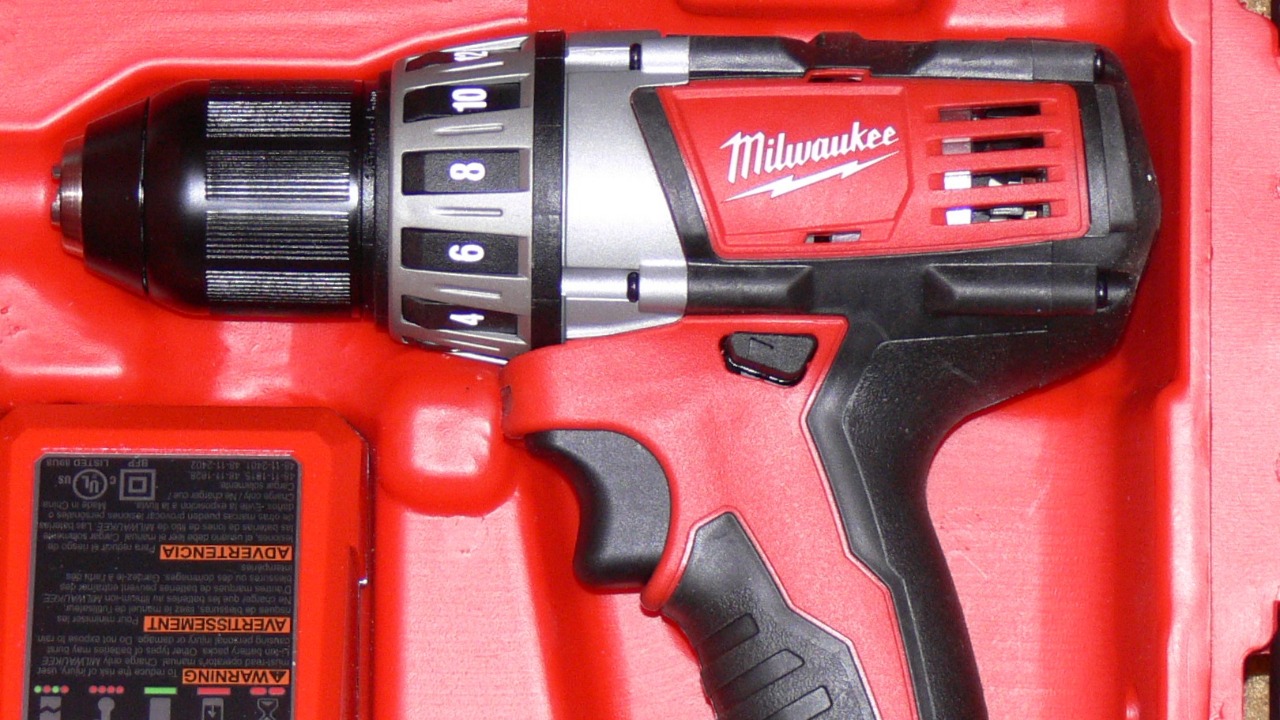
On average, Milwaukee batteries are known to last around three years with regular usage. This lifespan is considered superior when compared to other popular brands, a testament to Milwaukee’s commitment to quality and durability. However, it’s important to note that the lifespan of a battery can be influenced by several factors. These include the type of tool used, the frequency of use, and the conditions in which the battery is stored and charged.
For instance, high-drain tools can deplete a battery’s life faster than low-drain ones. Similarly, a battery that is used infrequently or stored in extreme temperatures may not last as long. Proper charging is also crucial; overcharging or undercharging can significantly reduce a battery’s lifespan.
It’s also worth noting that the life expectancy of Milwaukee batteries can vary based on the specific model. Some of the more advanced models, such as the M18 REDLITHIUM HIGH OUTPUT HD12.0 Battery Pack, are designed to provide 50% more power and run 50% cooler, which can extend the battery’s lifespan. These batteries also feature superior pack construction, electronics, and performance to deliver more work per charge and more work over the life of the battery.
Furthermore, Milwaukee’s REDLITHIUM Batteries are engineered with a sophisticated design that protects the battery against harsh jobsite environments. This advanced design provides a waterproof barrier and impact protection, further enhancing the lifespan of the battery. Therefore, while the average lifespan of Milwaukee batteries is around three years, some models can last significantly longer with proper care and usage.
2. Performance of Milwaukee Batteries
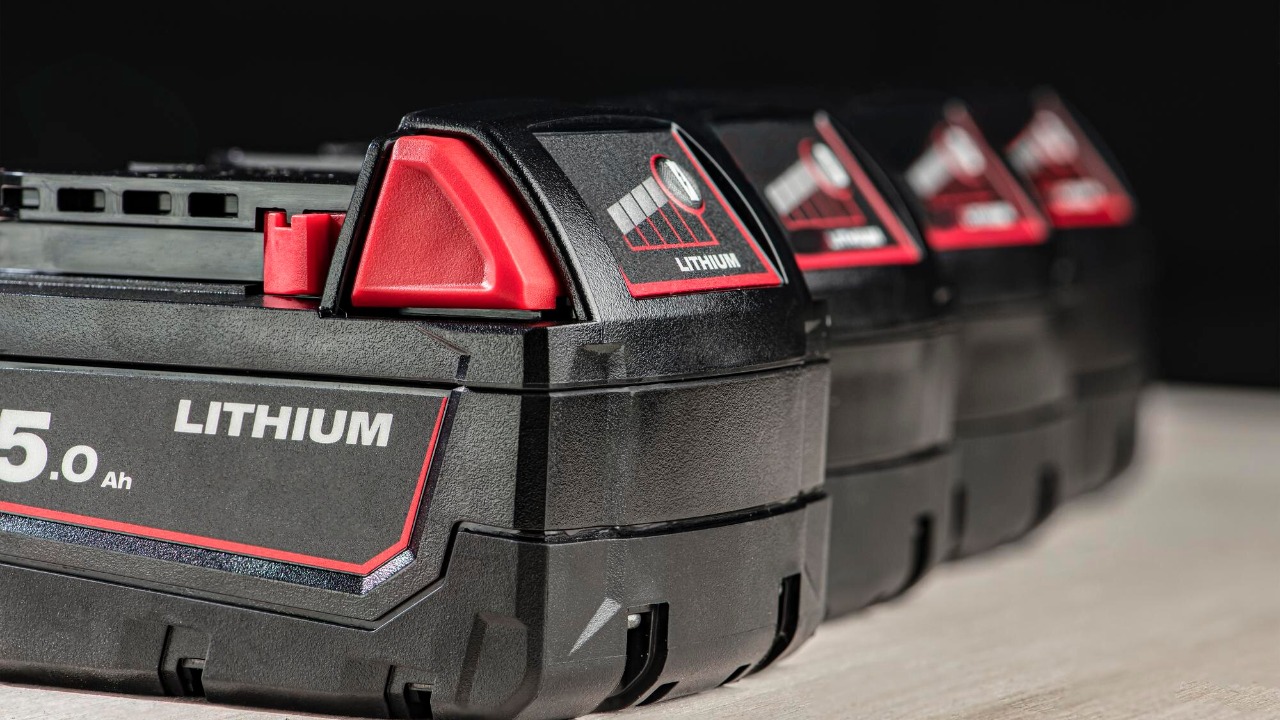
Milwaukee batteries are praised for their power output and efficiency. User reviews and testimonials often highlight the long-lasting performance of these batteries, even under demanding conditions. This consistent performance is one of the reasons why Milwaukee batteries are a preferred choice for professionals and DIY enthusiasts alike.
However, like any product, Milwaukee batteries are not without their limitations. Some users have reported issues that can affect the lifespan or performance of the batteries. These include problems with the battery not holding a charge or the battery dying prematurely. It’s important to note that these issues are not widespread and are often addressed by Milwaukee’s customer service.
Milwaukee batteries are designed with REDLINK Intelligence, a technology that provides optimized performance and overload protection using total system communication between tool, battery, and charger. This technology allows the battery to perform at its peak, ensuring maximum productivity. It also prevents damage to the battery and tool by overloading, overheating, or over-discharging.
Additionally, Milwaukee batteries are equipped with a fuel gauge onboard. This feature allows users to check the remaining charge at any time, which can help in planning tasks and preventing unexpected downtime. The fuel gauge is a small but significant feature that enhances the performance and user experience of Milwaukee batteries. Despite occasional reported issues, the overall performance of Milwaukee batteries is generally highly regarded in the industry.
3. Extending the Lifespan of Milwaukee Batteries
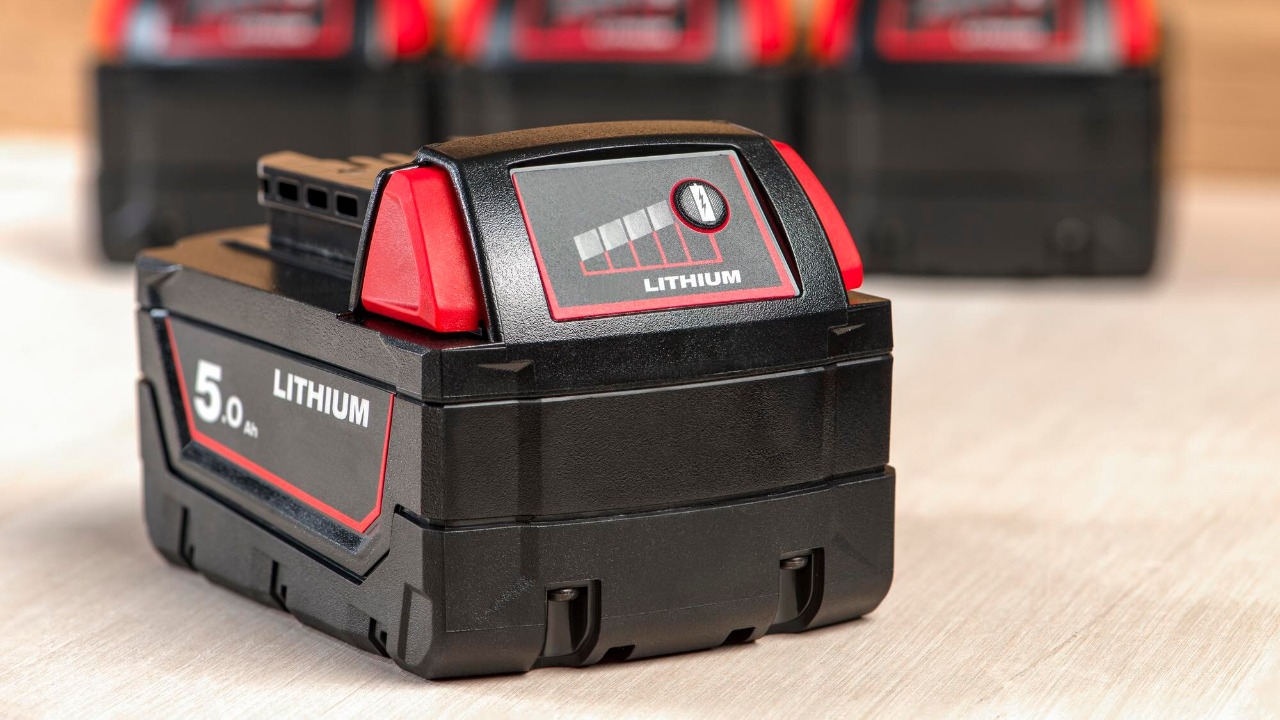
Proper maintenance can significantly extend the lifespan of Milwaukee batteries. Regular charging and avoiding extreme temperatures are two key practices. It’s also important to use the battery regularly to avoid capacity loss. If a battery is left unused for a long period, it can lose its ability to hold a charge.
Using a suitable charger for Milwaukee batteries is also crucial. Overcharging can damage the battery and reduce its lifespan. Therefore, it’s recommended to use a charger that is specifically designed for Milwaukee batteries. These chargers are equipped with features that prevent overcharging and help extend the battery’s lifespan.
Another way to extend the lifespan of Milwaukee batteries is by storing them properly when not in use. Ideally, batteries should be stored in a cool, dry place and away from metal objects. Storing batteries in a hot environment can cause them to self-discharge faster, while cold temperatures can reduce their capacity. Also, keeping batteries away from metal objects prevents accidental short-circuiting, which can damage the battery.
Moreover, it’s advisable to remove the battery from the tool when it’s not in use. This practice can prevent unnecessary drain and prolong the battery’s life. Lastly, it’s important to clean the battery contacts regularly. Dust and dirt can interfere with the charging process and reduce the battery’s performance over time. A clean, soft cloth is usually sufficient for this task.
4. Environmental Impact and Disposal of Milwaukee Batteries
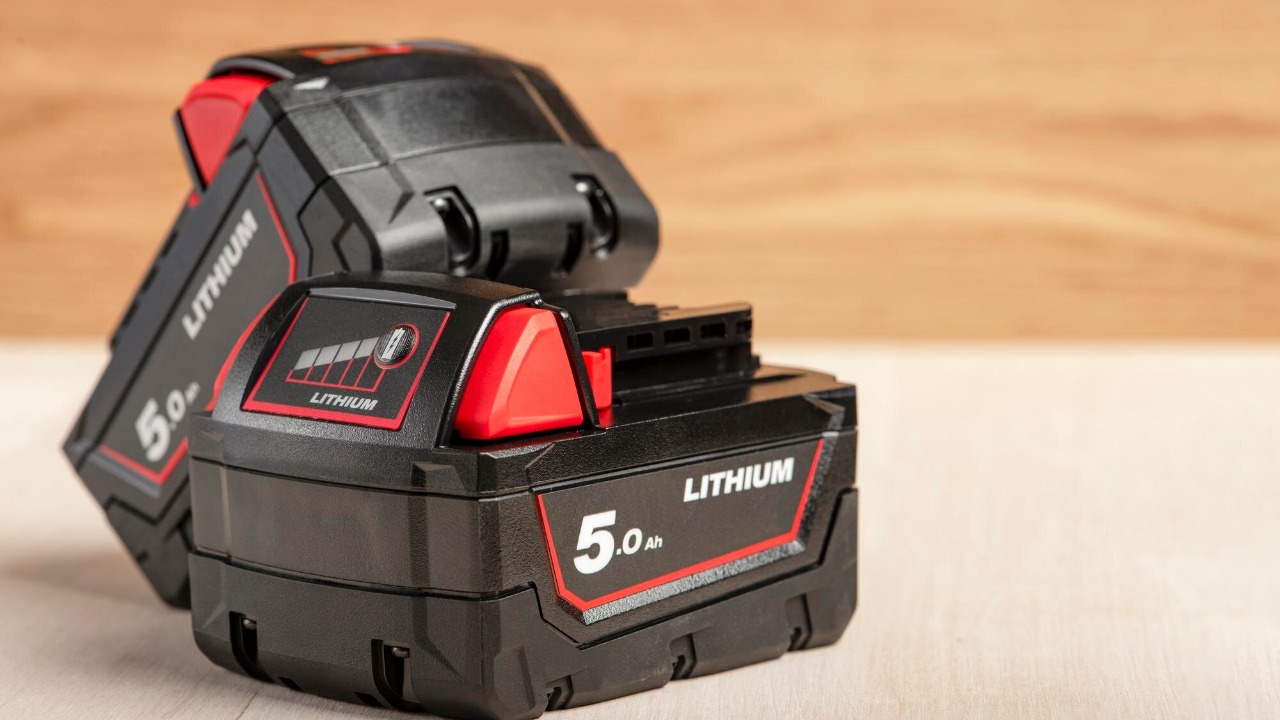
Milwaukee batteries, like all batteries, have an environmental impact. They contain materials that can be harmful if not disposed of properly. However, Milwaukee batteries are also recyclable, which can help mitigate their environmental impact.
When a Milwaukee battery reaches the end of its lifespan, it’s important to dispose of it properly. This not only helps protect the environment but also complies with local regulations. Milwaukee has initiatives and programs in place to facilitate the recycling or responsible disposal of their batteries. These programs are part of Milwaukee’s commitment to sustainability and responsible manufacturing.
As part of their commitment to sustainability, Milwaukee has partnered with Call2Recycle, a non-profit battery recycling program. Through this partnership, users can drop off their used Milwaukee batteries at designated collection sites for free. The collected batteries are then recycled into new products, reducing the need for raw materials and the amount of waste going to landfill.
Moreover, Milwaukee is continuously working on developing more energy-efficient batteries. For instance, their M18 REDLITHIUM HIGH OUTPUT HD12.0 Battery Pack provides 50% more power and runs 50% cooler, reducing energy consumption. This commitment to environmental sustainability is an integral part of Milwaukee’s business model and is reflected in their product design, manufacturing processes, and disposal programs.